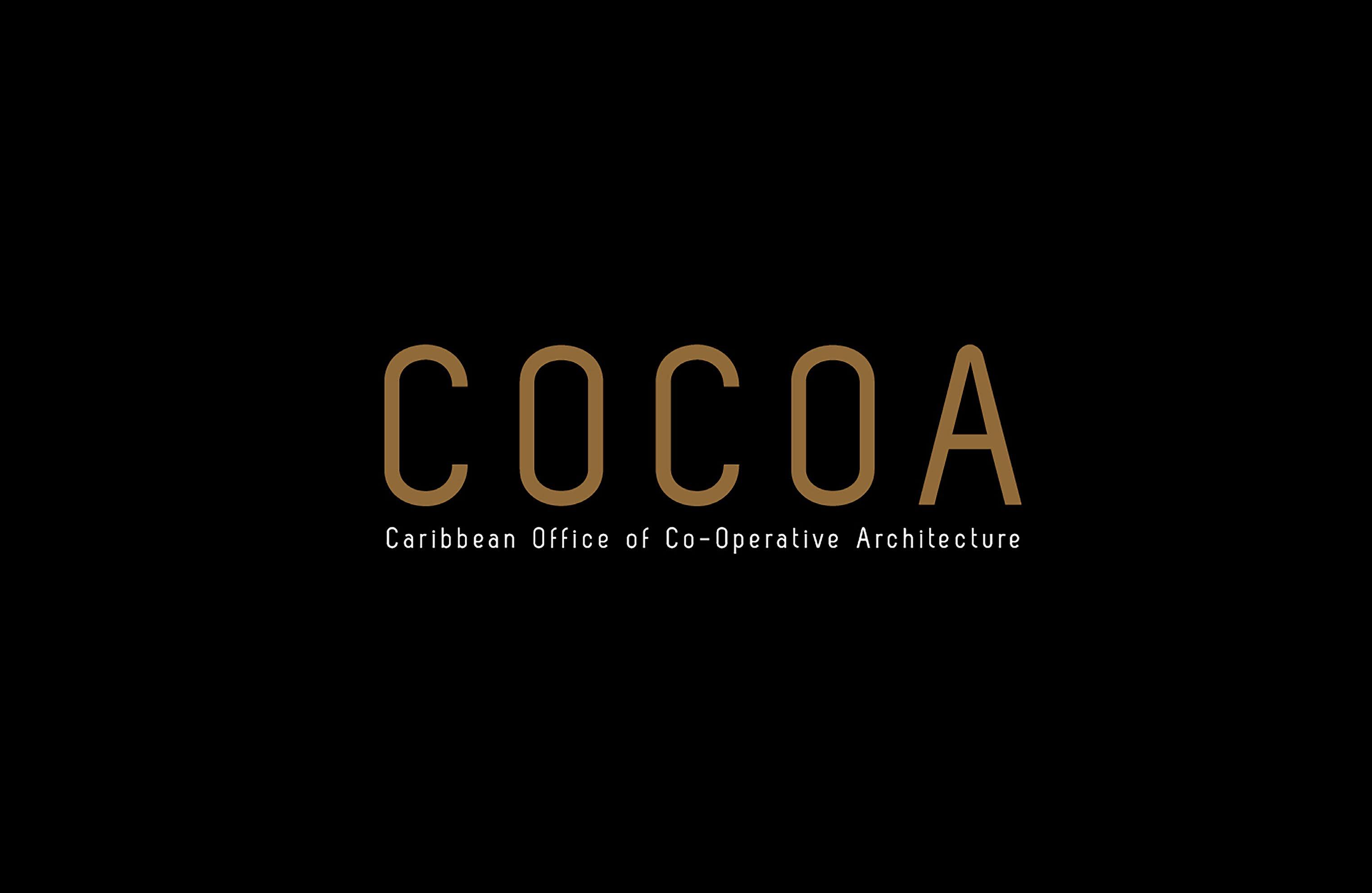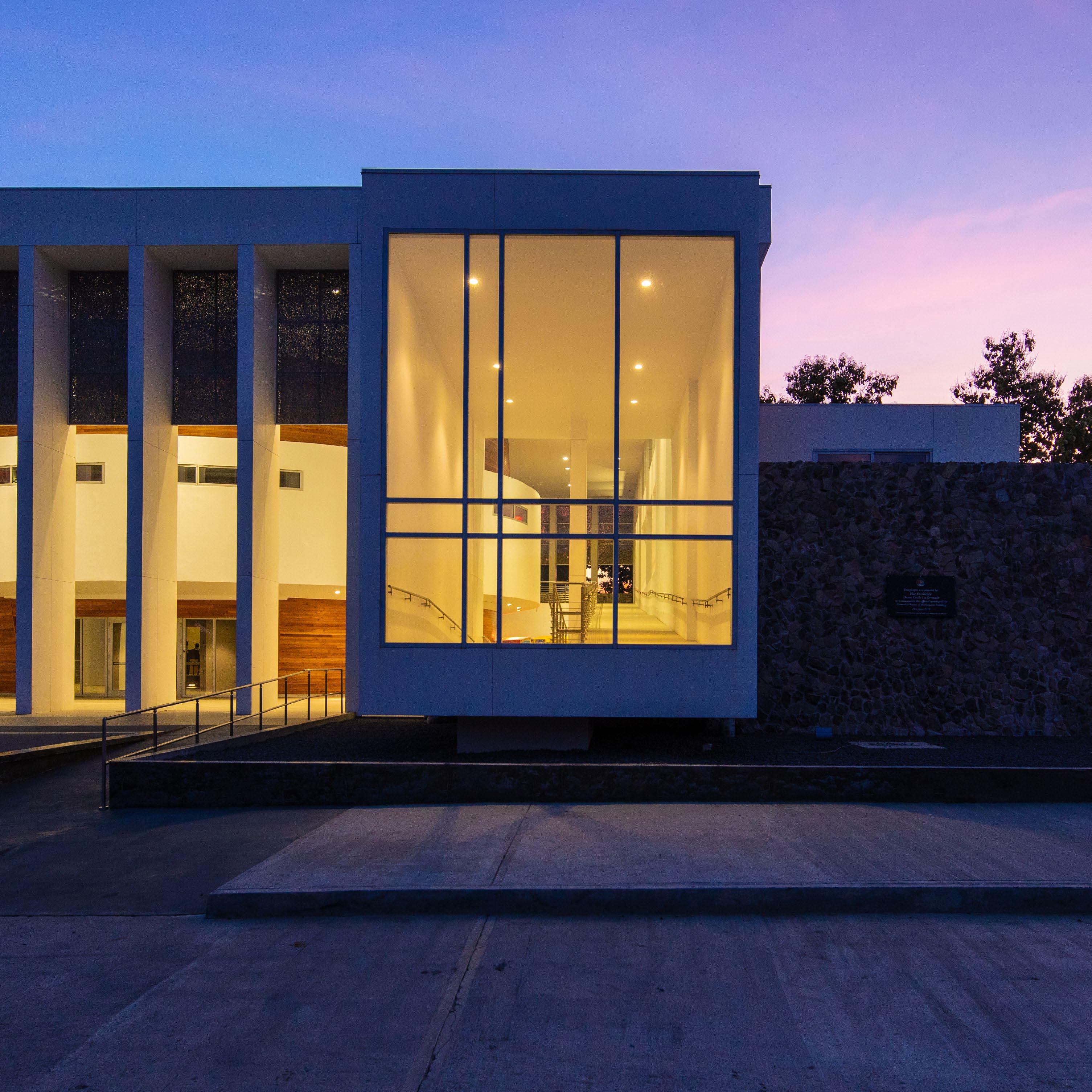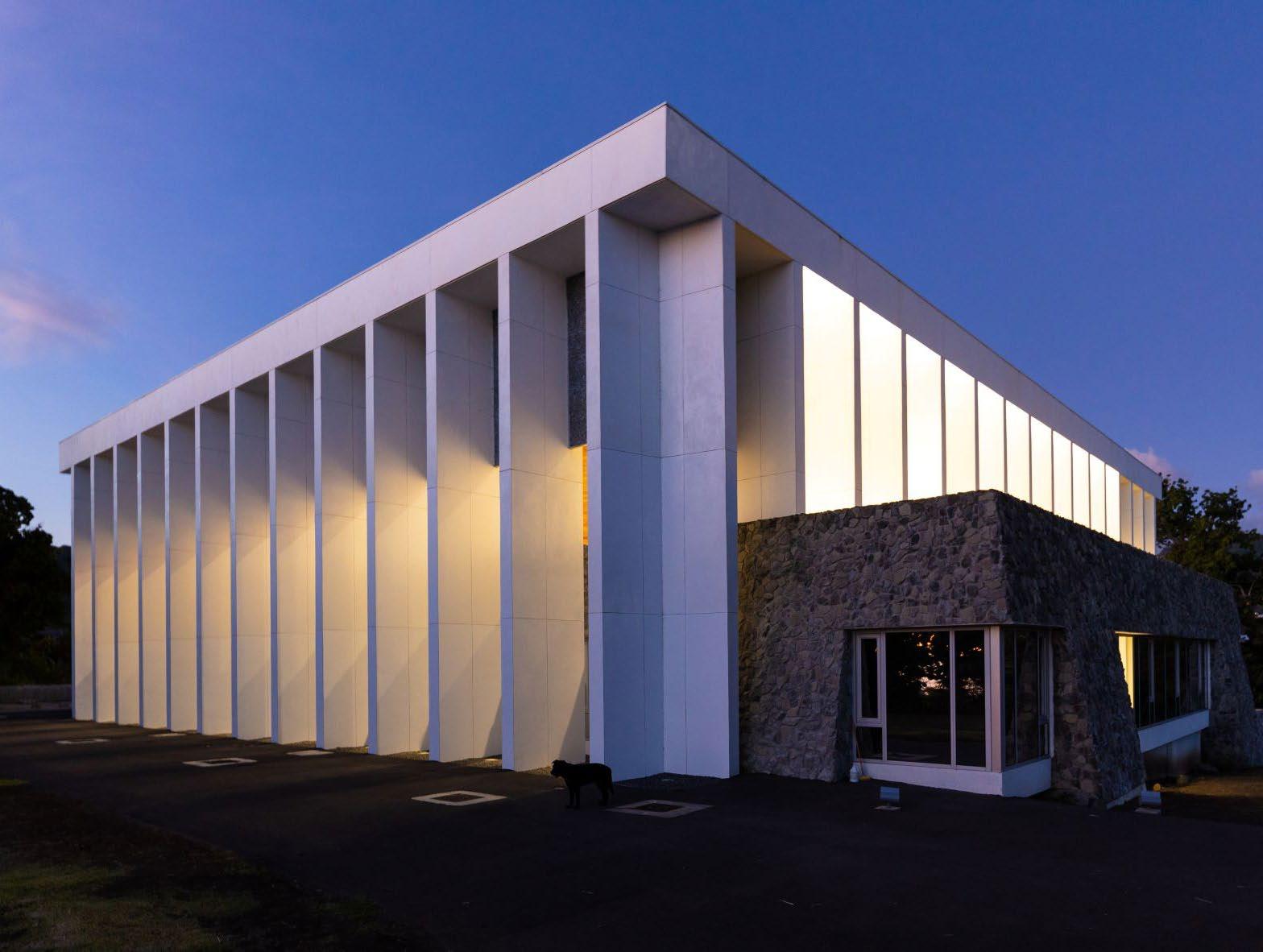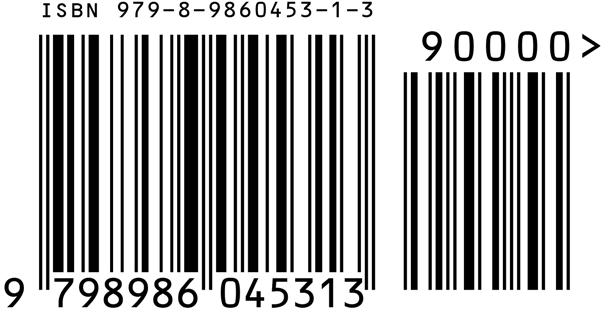BETWEEN WORLDS
A RETROSPECTIVE OF THE WORK
BY ARCHITECT, BRYAN BULLEN

2
VOLUME TWO


CONTENTS
FOREWORD 6 INTRODUCTION 10
MUNDING RESIDENCE 12 CALABASH HEAVEN & EARTH SPA 68
LA POINTE DEVELOPMENT 104 BIRD OF PARADISE 148 GRENADA HOUSE OF PARLIMENT 192 GENIUS LOCI 290

QUARANTINE POINT PARK 324
BETWEEN TRADITION & MODERNITY 344 HISTORICAL CONTINUITY 346 INDEX 348 BIBLIOGRAPHY 358
BETWEEN 2 WORLDS 8
INTRODUCTION
Volume 2 of this five-part series of publications provides an expanded view of key selected projects highlighted in Volume 1, articulating the broader architectural concepts of these projects and reaffirming my philosophical position and design methods. I hope these selected works will provide inspiration and guidance for our present time and for future generations to come.
Admittedly, current changes to the global economy, exacerbated by the pandemic and growing environmental concerns, introduce questions about potential difficulties for continued development in the Caribbean region, and by extension the progression of my work. Conversations are needed about such important matters as the reliability of supply chains, adjustments to building systems, processes and specifications that will inform better choices and permit architects to maintain a certain level of control throughout the design and implementation phases. Such critical changes are necessary to ensure positive outcomes for the development of future projects.
For these open-ended questions, it is essential for me to take stock of my work, and acknowledge the elements that are relevant, knowing what should be kept, what should be re-adapted, and what is necessary to discard.
The pandemic has called for a shift in design with a requirement for spaces which are more hygienic and those that will promote wellness. In this regard, I will continue to deploy principles of biophilic design with free-flowing, open-plan spaces, having natural air flow, daylighting, and passive cooling which form a strong bond between the built environment and nature. It is my belief that following this design method will result in safe, and humane spaces. Confronted with the perils of the tropical climate, setting out solutions which are practical and least complicated will limit the effort required for the initial build, and for the longterm sustainability of projects.
What are the possibilities of taking a ‘local’ stance, with greater focus on materials, methods, and skills which are readily available, easy to access and might offer a better level of control with respect to the reliability of their supply. To what extent will we continue to rely on brick-and-mortar solutions? Conversely, can advancements in technologies such as modular systems, and 3D printing be implemented effectively for our circumstances? How can the deployment of visual tools such as virtual reality (VR) and artificial intelligence (AI) assist us in our quest to improve our built environments? What will the region’s architecture look like in the future, set against a backdrop of global trends?

BETWEEN 2 WORLDS 10 BETWEEN 2 WORLDS 11









